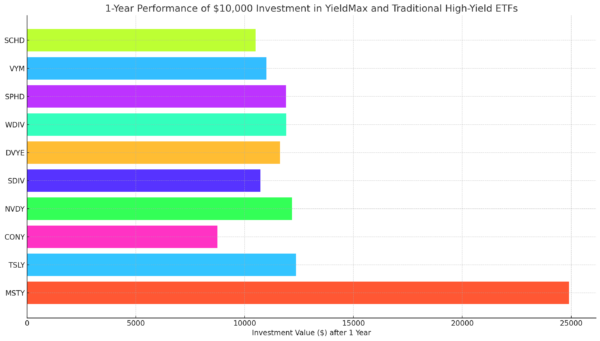Dividend Payout Ratio Formula and Calculation Example
When it comes to income investing, it’s good to know the dividend payout ratio formula. It can give you insight into dividend safety. When it comes to dividend stocks, this ratio is always on my research checklist.
There are many sources that provide the dividend payout ratio. Although, knowing what’s behind it can give you a leg up. It’s also easy to calculate.
To start, we’ll walk through the payout ratio formula. I’ll explain each piece to the equation and how it’s useful, along with an example. Going one step further, I’ll show you why some sources show different payout ratios for the same company.
Continue reading below to find out more. And here’s a useful YouTube video on the topic as well…
Dividend Payout Ratio Formula
Here’s the dividend payout ratio formula…
Payout Ratio = Dividends Paid ÷ Net Income
Net income is the total income for the company. And dividends paid are the total dividends that a company pays to shareholders. For mega cap companies, these numbers can easily come in above a billion dollars.
It’s also good to note that most dividend stocks pay quarterly… but you’ll normally see the payout ratio calculated based on annual numbers. This is to help minimize seasonal fluctuations. Some quarters might be more profitable than others.
Another way to calculate the ratio is by using numbers on a per share basis. It’s easy to find the dividend per share online, as well as earnings per share (EPS). Here’s how that formula looks…
Payout Ratio = Dividend Per Share ÷ EPS
Assuming a simple shareholder structure, this should give you the same dividend payout ratio. To see how both of these formulas work, let’s put some numbers to them…
Payout Ratio Example
Let’s say a company pays $2 billion in dividends for the year and has a net income of $5 billion. Plugging this into the formula would give a 40% dividend payout ratio…
40% = $2 Billion ÷ $5 Billion
Using this same example, let’s look at it on a per share basis. And to do this, we’ll need one more piece of information…
Let’s assume the company has 10 billion shares outstanding. This then gives us a dividend per share of $0.20 and EPS of $0.50. I got these numbers by dividing $2 billion and $5 billion by the 10 billion shares.
Here’s the dividend payout ratio formula with these per share numbers…
40% = $0.20 ÷ $0.50
I hope this example gives a clear understanding of how to calculate the ratio. For the next step, let’s look at how this info can help you make better investing decisions.
What’s a Good Payout Ratio?
You can use the payout ratio formula to determine dividend safety. For example, 40% might indicate the company has room to pay shareholders more. Although, it’s important to consider some of the earnings might need to go to other efforts. There are costs to maintain and grow the business.
Nonetheless, if the payout ratio is above 100%, that means the company is paying out more than it’s earning. And that usually can’t continue for long. Paying more than a company earns each year is not sustainable.
In the short-run, companies might have extra cash saved up that they pay out. This is one reason you might see payout ratios above 100%. There are also some weird accounting rules which I’ll touch on below.
Overall, paying dividends can be a great way to reward shareholders. And some companies have a long history of paying more each year. In these cases, we can look at how the dividend payout ratio changes over time. If it’s climbing and outpacing earnings growth, that means the dividend might not be as safe going forward. And it all really depends on the future earnings growth of the company.
Dividend Payout Ratio Based on Free Cash Flow
As you’ve seen with the dividend payout ratio formula, using net income or earnings is most common. Although, there are many different accounting rules to determine a company’s earnings. Even non-cash transactions can factor into earnings. So, it’s not always the most reliable or useful.
Sometimes you’ll see free cash flow used instead. This can give a better idea of actual cash coming into the business. So, it’s good to be aware of the different accounting techniques. And if you’re familiar with REITs, they’re required to pay out at least 90% of certain cashflows to maintain their tax situation. This is why you’ll often see higher dividend yields for REITs.
Overall, there’s a lot of variability and the core concept is useful to know. You can determine which payout ratios are most useful for your investment approach.
Dividend Calculator and Investment Opportunities
Dividend stocks can be a great source of income. And the dividend payout ratio formula can help you determine their safety. Many of the world’s best investors turn to dividend investing and that income helps them expand their portfolios.
To see how dividend investments can grow, check out this free dividend calculator. It also shows you the power of reinvesting your dividends. With this approach, your income climbs each year at a higher amount.
If you’d like help tracking down some of the best dividend stocks, sign up for Wealth Retirement as well. It’s a free e-letter that’s packed with investing tips and tricks. You’ll hear directly from Marc Lichtenfeld. He literally wrote the book on getting rich with dividends and has helped hundreds of thousands of readers.





